Coffee Knowledge
What is small batch single origin
Small batch Coffee that is roasted in small quantities, usually less than 25 pounds, which allows for more control over the roasting process. Small batch coffee is often more diverse and interesting than larger batches because of the care and attention given to the beans.
Single origin Coffee that comes from a single country or origin. Single origin coffee is often identified by the country it comes from on the label.
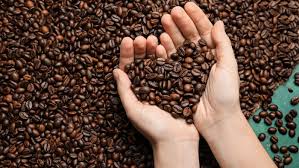
Why should I care
Small batch single origin coffee is often associated with quality, flavor, and sustainability: Quality Small batch coffee is often made with premium and organic beans that are selected through a rigorous process. Flavor Small batch coffee is often made with unique blends and single origin coffees that offer a distinctive taste profile. Sustainability Small batch coffee roasters often work directly with farmers to ensure that beans are ethically sourced and that farmers are fairly compensated.
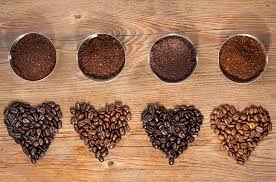
Difference between Light, Medium, & Dark Roast

Dark Roast Coffee; often carries the color of dark chocolate and has a shiny texture from the internal oils that have surfaced from the longer roast time. Dark coffees also carry a more pronounced bitterness than light or medium roast. This is due to chlorogenic acids breaking down into lactones and phenylindanes. Acid lactones contribute to a pleasant coffee-like bitterness, whereas phenylindanes contribute to the unpleasant type of bitterness. The longer coffee is roasted, the higher the presence of phenylindanes. This is why darker roasted coffees are often accompanied by cream and sugar to help cut the unpleasant bitterness. The aroma of freshly ground dark roast coffee is often reminiscent of nuts, chocolate, and very developed coffees will remind you of the char on grilled food. If a dark roast was music, it’d have all bass. Light Roast Coffee; are light brown in color and have a matte, dry texture. Light roast coffee will also carry a characteristic silverskin chaff on the bean’s crease. This chaff isn’t present in dark roasted coffees due to it being lost with longer roast development. Light roast coffees are less bitter, more sweet, and often tea-like. They also often have the highest acidity. This isn’t necessarily a bad thing as acid carries flavor. The presence of acid in coffee is often described as bright. Light roast coffees are best enjoyed black as they don’t always hold up well with cream and sugar. Sometimes the brighter acidity can sour milk. The aroma of freshly ground light roast coffee will remind you of citrus fruits, berries, flowers, or tea. If light roast was music, it would be heavy on the mids and treble. Medium Roast Coffee; fall in the middle between light and dark roast. They carry a rich brown color with a low sheen texture. They often still have the silverskin chaff though less than a light roast coffee. They’re more balanced in that they have body while still carrying complex brighter notes. The aroma of freshly ground medium roast coffee may include chocolate, nuts, as well as red fruits or baking spices. If medium roast was music, it would carry equal amounts of treble, mids, and bass.
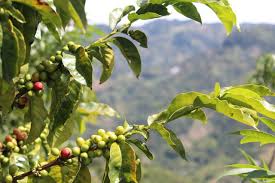
Why High Elevation matters
Growing coffee at higher altitudes cooler temperatures slow down the growth rate of the coffee plant. At a slower growth rate the plants focus more on reproduction. The plant then devotes more energy to bean production which in turn produces more of the sugars that create those amazing tasting notes in your favorite coffee.
- Drainage: Mountain terrain and higher elevations create natural drainage paths, allowing water to flow away from the plants instead of pooling around them. This means the coffee cherries don't sit in water, allowing the sugars inside to develop more complex flavors.
- Taste: Coffee grown at higher elevations often has a floral taste with some acidity and spice. Coffee grown at lower elevations tends to have notes of nut, chocolate, and vanilla.
- Caffeine Content: Coffee grown at higher altitudes tends to have lower caffeine content because there are fewer pests. Caffeine is a natural deterrent used by coffee cherries to protect themselves from pests.
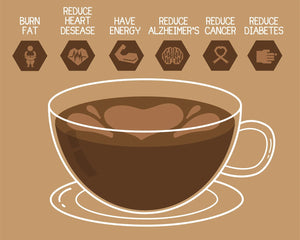
Top health benefits of drinking coffee
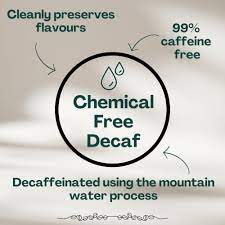
All Natural Decaf Process
The Mountain Water Process (MWP) isa chemical-free method for decaffeinating coffee that uses mountain water to remove caffeine while preserving the coffee's flavor:
- Soak: Green coffee beans are soaked in pure water from a mountain glacier to dissolve the caffeine and coffee solids.
- Filter: The water is passed through an activated charcoal filter to remove the caffeine while keeping the flavor compounds.
- Reuse: The caffeine-free water is used to decaffeinate another batch of beans.
- Re-dry: The beans are dried and polished before being repacked.


